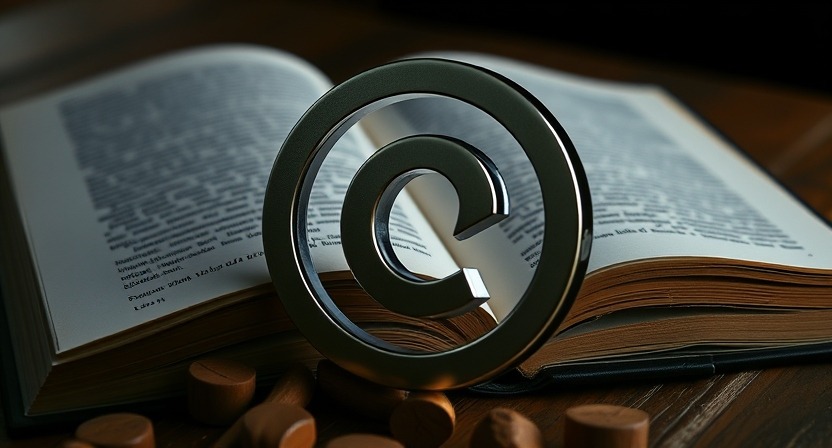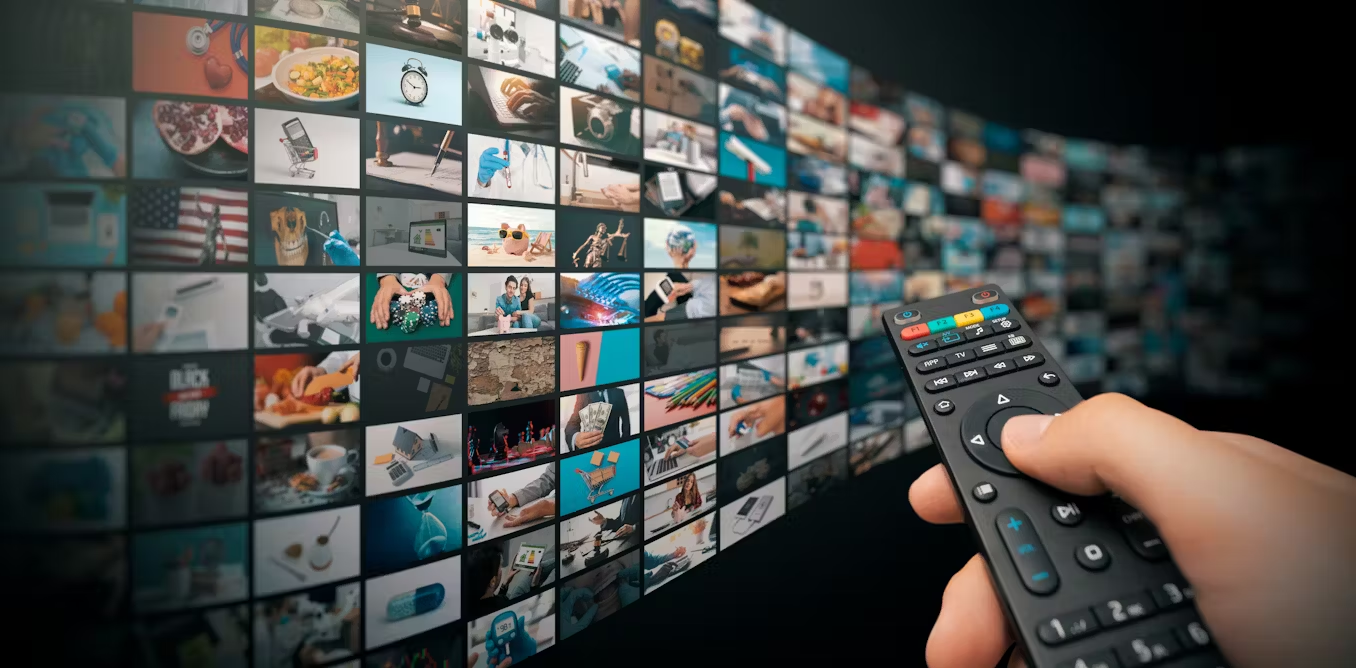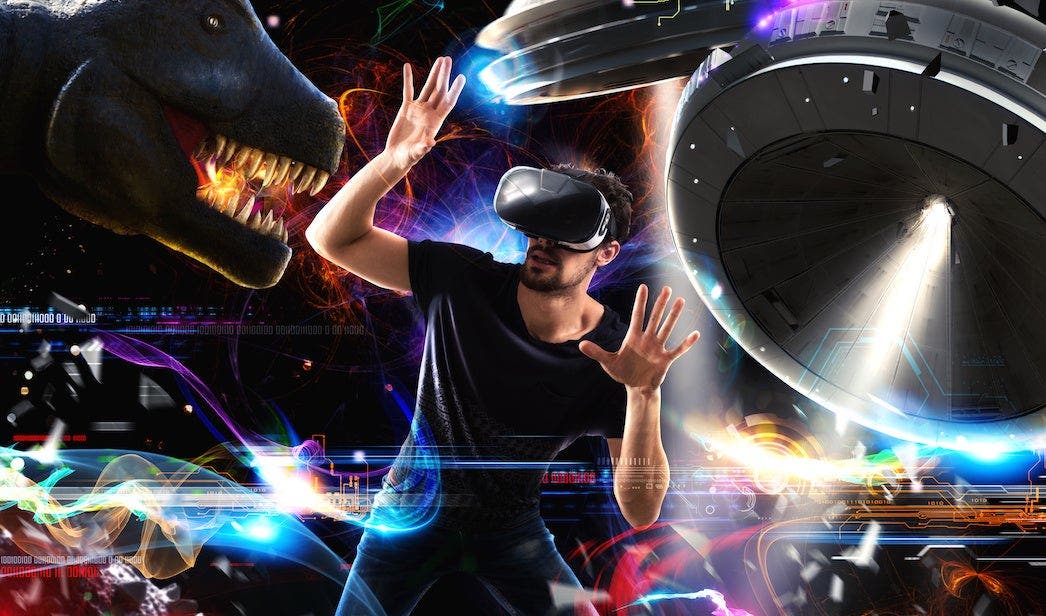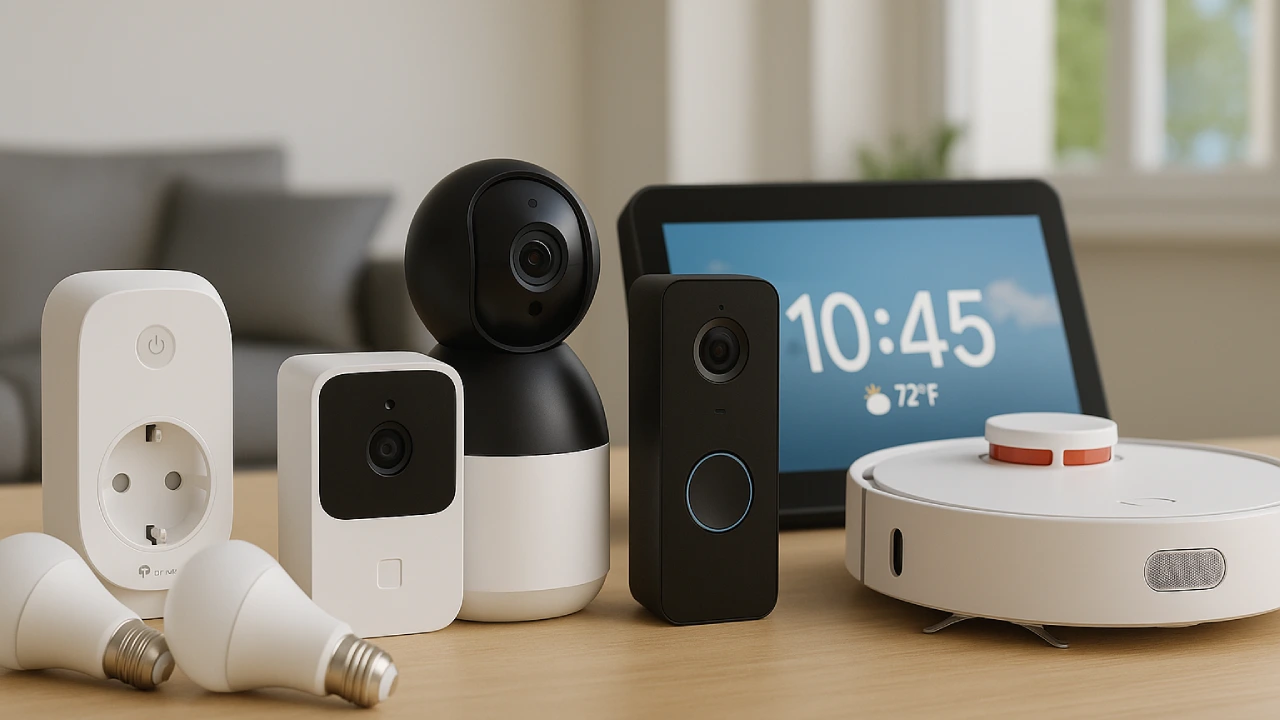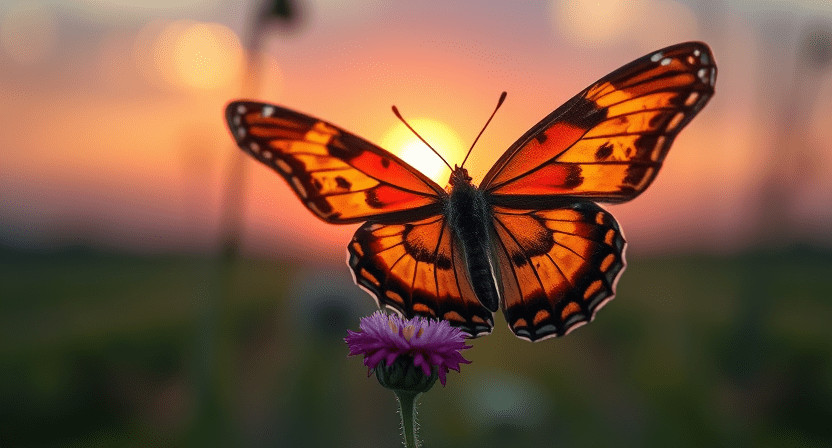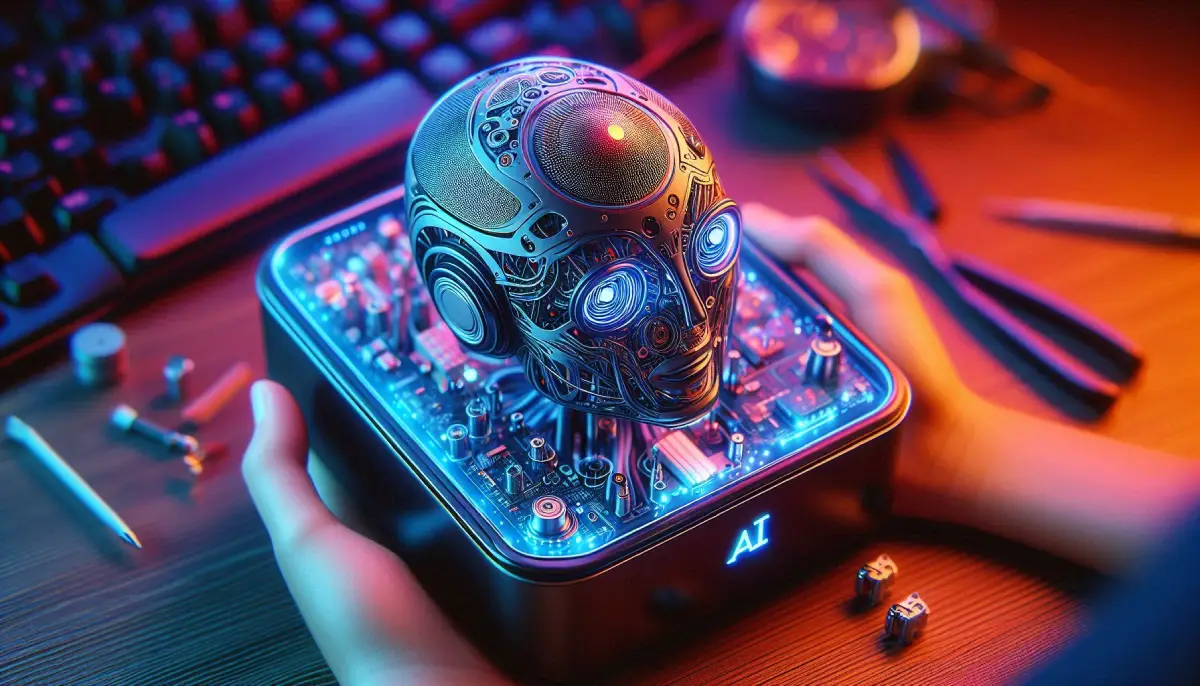The digital era has revolutionized the way we create, share, and experience content. From videos and blogs to artwork and music, the internet has made it easier than ever for creators to showcase their work. But with these opportunities come significant challenges—copyright protection and fraud have become hot-button issues. In today’s landscape, where artificial intelligence (AI) is rapidly reshaping publishing, safeguarding intellectual property (IP) is more crucial than ever.
This blog explores the rising concerns around copyright in the digital era and offers actionable tips to protect your creations.
The Growing Concern: Copyright Fraud in the Digital Age
The internet is a double-edged sword for creators. On one hand, it allows for global exposure and collaboration. On the other, it makes intellectual property vulnerable to theft, misuse, or misattribution.
Why Is Copyright Protection More Challenging Today?
- Ease of Access: With just a click, anyone can download, copy, or share content without proper attribution.
- Global Reach: Content posted online can be accessed worldwide, increasing the risk of unauthorized use.
- AI Tools: AI-generated content blurs the lines of ownership, raising the question: Who owns AI-created work—the tool, the user, or someone else entirely?
Real-Life Impact of Copyright Violations
Creators across industries have faced challenges such as:
- Artists discovering their work reposted or sold without credit.
- Authors finding AI-generated summaries of their books circulating online.
- Musicians battling unlicensed use of their compositions in videos or ads.
These violations not only harm the creator’s livelihood but also devalue original work.
The Role of AI in Copyright Issues
AI tools have revolutionized publishing, design, and content creation, but they also bring new copyright dilemmas.
AI-Generated Content: A Grey Area
AI models like ChatGPT or image generators like DALL·E can produce content that looks original. But:
- Who owns the rights to this content?
- What if the AI unintentionally replicates someone else’s copyrighted material?
Plagiarism Detection vs. Accidental Infringement
Many AI tools rely on data scraped from the internet. This means that some generated outputs may inadvertently mimic existing works, making creators unknowingly infringe on copyright laws.
Effective Ways to Protect Your Intellectual Property
Navigating copyright challenges in the digital and AI age may seem daunting, but there are practical steps you can take to protect your creations.
1. Register Your Work
While copyright is automatic upon creation, registering your work with relevant authorities (such as the U.S. Copyright Office) provides legal proof of ownership. This is especially useful in cases of infringement.
2. Use Watermarks and Metadata
Adding watermarks to images or embedding metadata in digital files makes it harder for others to misuse your work without attribution.
3. Monitor Your Content Online
Set up alerts or use tools like Google Alerts, Pixsy, or Copyscape to track where your content is being used. These tools can help you identify unauthorized uses of your work.
4. Understand Licensing and Permissions
Clearly define how your work can be used by others:
- Use licenses like Creative Commons to specify terms of use.
- Avoid vague agreements; ensure contracts include detailed copyright clauses.
5. Leverage Technology to Your Advantage
AI can also help protect your work:
- Use AI-powered plagiarism detectors to scan for unauthorized copies of your text.
- Blockchain technology can create a tamper-proof record of ownership.
Navigating Copyright with AI: Tips for Creators
AI doesn’t have to be a threat—it can be a tool. Here’s how creators can harness AI while staying compliant with copyright laws:
Create Ethically
When using AI tools, start with the original input. For instance, provide your own ideas, sketches, or outlines to guide AI rather than relying on completely generated content.
Credit Original Sources
If AI tools borrow inspiration from other works, acknowledge the original creators. Being transparent fosters trust and helps steer clear of legal issues.
Stay Informed
Copyright laws are evolving to address AI challenges. Keep up with changes in regulations to ensure you’re compliant.
The Future of Copyright in the Digital Era
Governments and organizations worldwide are working to adapt copyright laws for the digital age. However, the process is slow, and creators must take proactive steps to safeguard their work.
A Call for Collaboration
Policymakers, creators, and technology developers need to work together to create fair copyright solutions. Striking a balance between protecting original creators and encouraging innovation is key.
Key Takeaways for Protecting Your Work
In an age of rapid technological advancement, protecting intellectual property is a growing challenge. But it’s not insurmountable. Here’s what you can do:
- Register your work to establish legal ownership.
- Use tools like watermarks and metadata to prevent unauthorized use.
- Monitor your content and address infringements promptly.
- Stay informed about the evolving role of AI in copyright law.
By taking these steps, creators can continue to thrive in a world that increasingly values innovation and originality.
Protecting creativity starts with awareness. As the digital and AI landscapes evolve, being vigilant and proactive is the best way to navigate copyright challenges and ensure your work remains uniquely yours.

